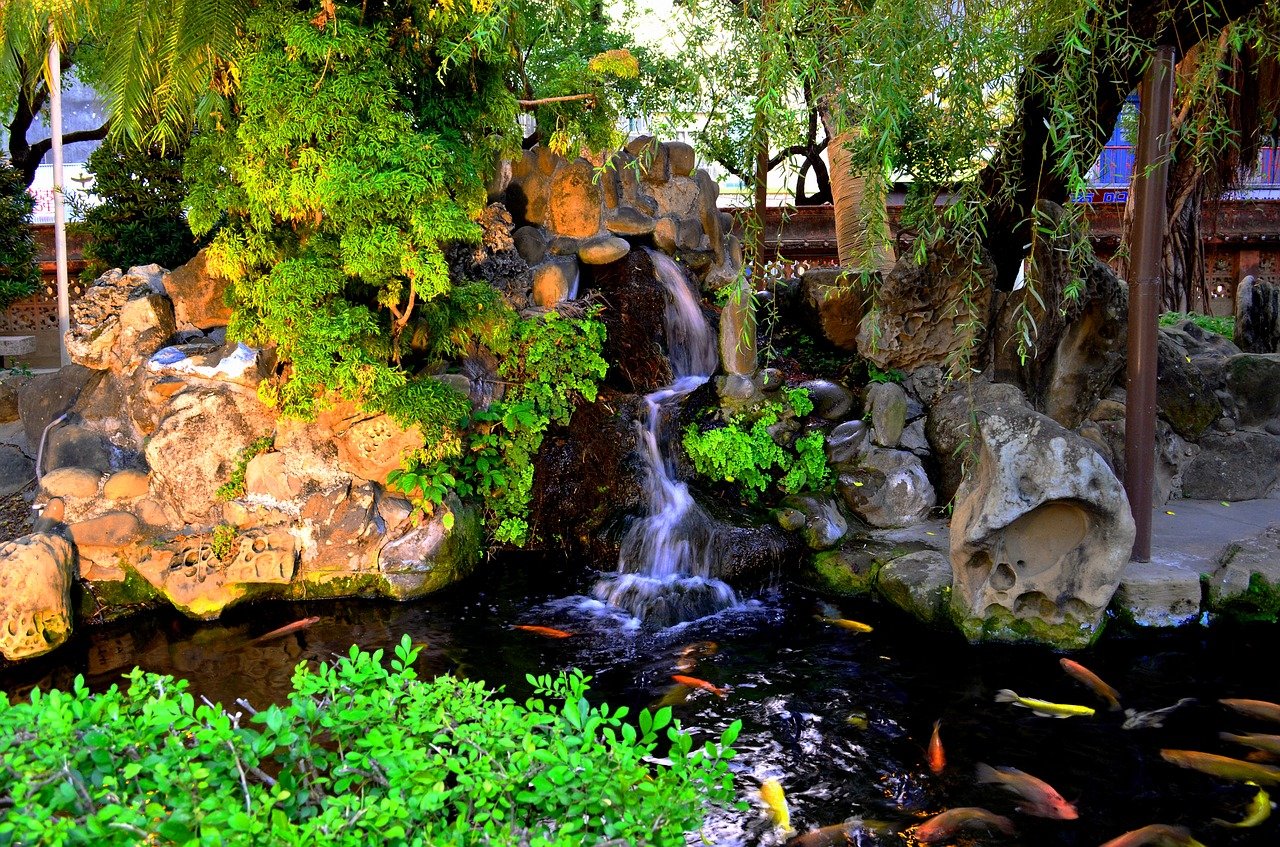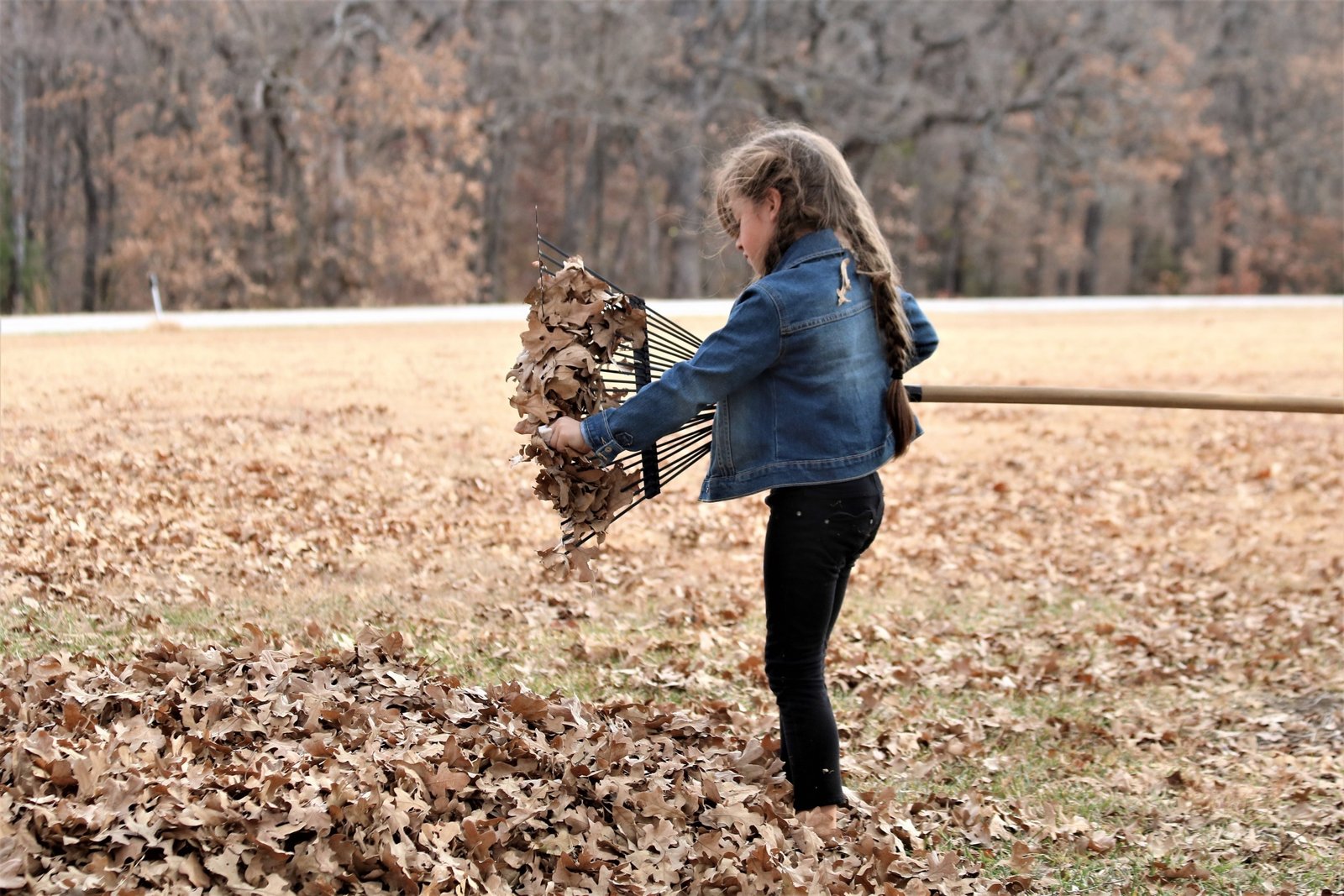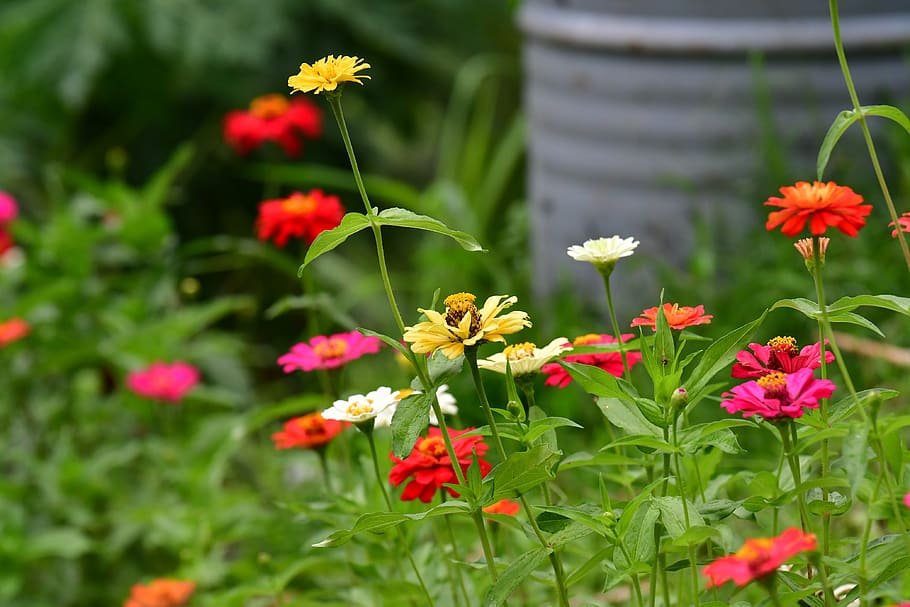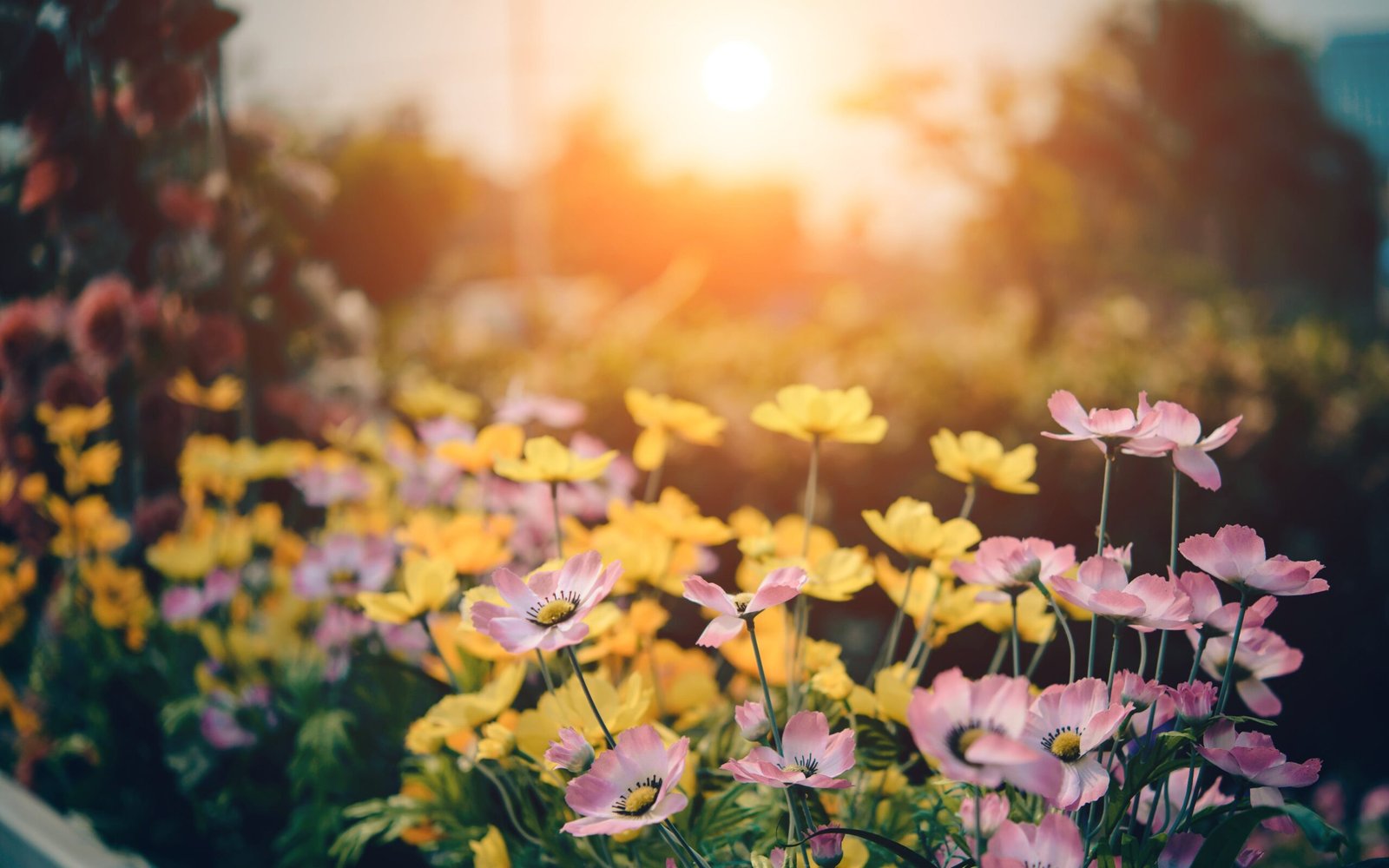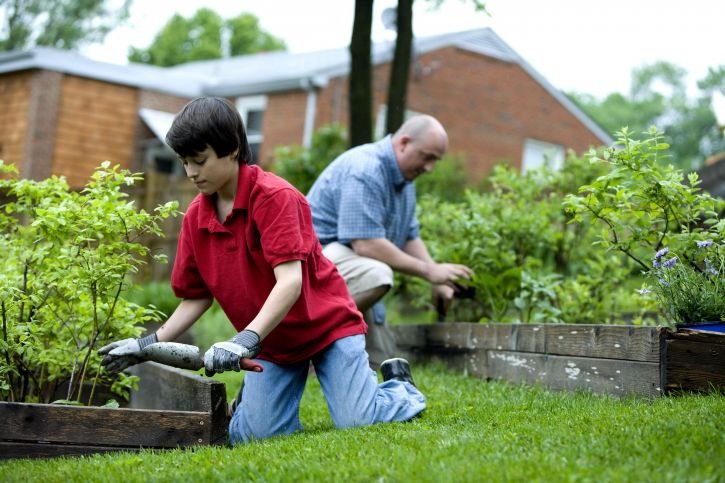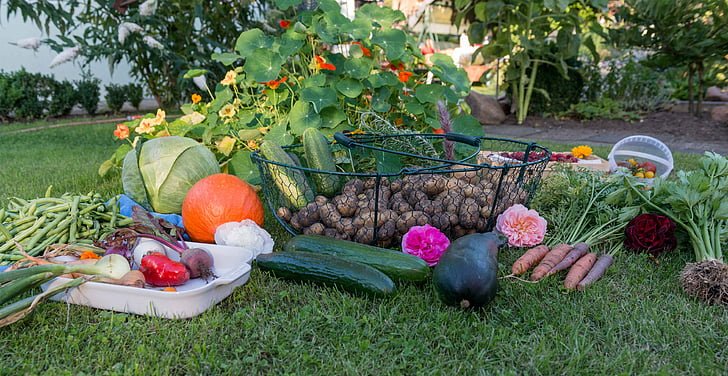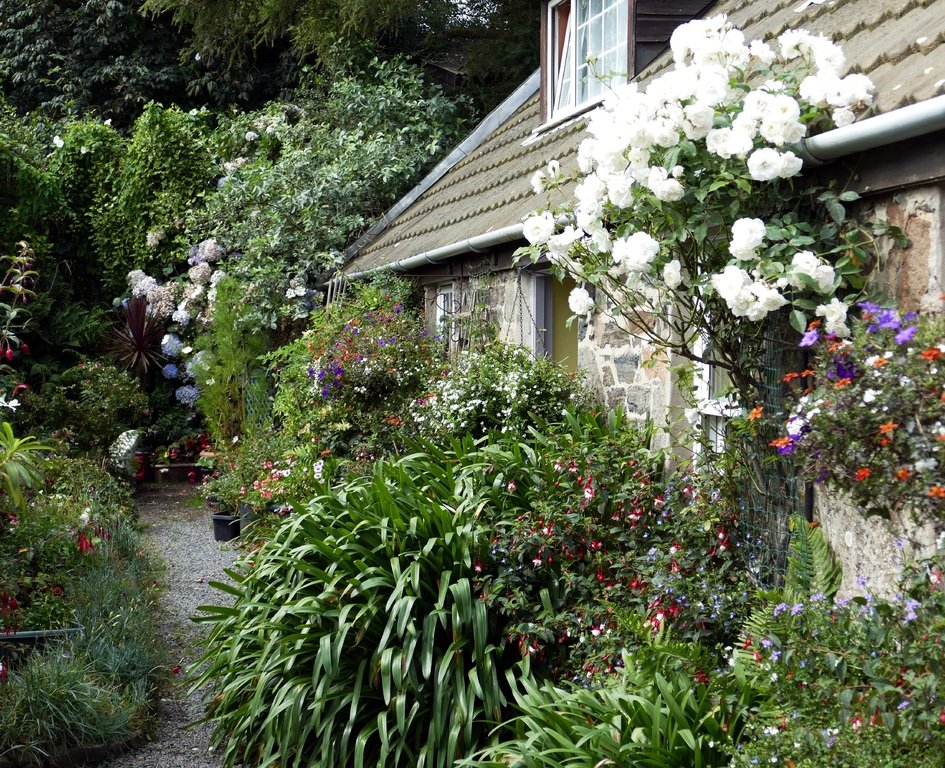Start a journey through flower gardens, where nature’s vibrant colours meet your year-round aspirations. Discover the art of cultivating a symphony of colors and fragrances right in your backyard, as we unveil the secrets of nurturing year-round flowers through the intimate embrace of home gardening. From the delicate embrace of spring blossoms to the steadfast charm of summer’s hues, the rich tapestry of autumn’s shades, and the serene beauty of winter blooms, our exploration transcends seasons, elevating your home garden into a living masterpiece. Join us as we celebrate the harmony of earth and effort, crafting a haven where a ‘home garden’ is synonymous with perennial delight.
Table of Contents
Exploring Native Plants: Essential Research Steps
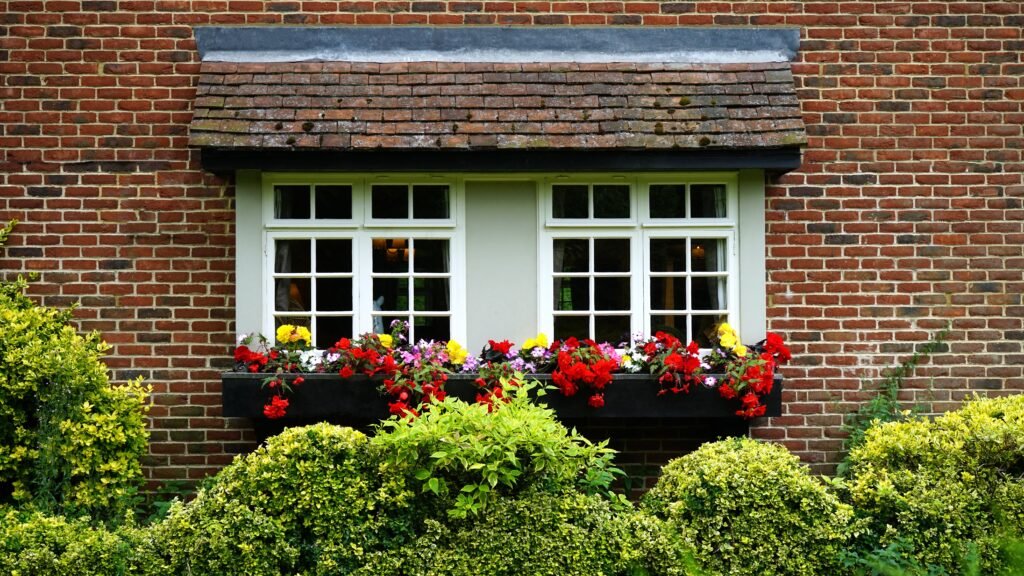
Prior to embarking on garden bed preparation or plant purchases, conducting thorough research is vital. Take the time to observe public gardens and local private gardens for inspiration tailored to your specific region.
Start your research journey by identifying plants suitable for your locale, with a focus on native species that thrive in your area’s unique conditions. Native plants are especially advantageous, as they’ve acclimatized to your environment. While perusing catalogs, make sure to check each plant’s compatibility to ensure a harmonious match with your geographical location.
Understanding the hardiness of plants in your region empowers you to curate a captivating blend of perennials, annuals, and container plants, ensuring a spectrum of color throughout all four seasons. Immerse yourself in the botanical world by exploring garden centers and nurseries at various times of the year. This firsthand experience provides invaluable insights into the blooming calendar and foliage hues of plants, offering a glimpse into their ever-changing allure across different seasons.
Assess Your Garden’s Floral Landscape
Conduct a thorough examination of your current garden by taking stock of its existing plants and their respective bloom timetables. Organize this inventory using a journal or spreadsheet, with the plant names on the leftmost column and months (or weeks for finer granularity) listed across the top.
For instance, if you have spring-flowering bulbs or a vibrant forsythia bush, place an ‘X’ under the corresponding spring months when they typically blossom in your region. Similarly, if your garden boasts daylilies, extend the ‘X’ marking across the entire summer duration. This meticulous inventory of your garden’s present bloomers unveils temporal gaps that can be judiciously filled with additional annuals, perennials, and shrubs, ensuring an uninterrupted sequence of captivating blooms
Selecting Plants for Your Unique Garden
While pinpointing plants aligned with your zone and suitable blooming times is crucial, it doesn’t guarantee their flourishing in your specific garden. Achieving success demands careful consideration of these critical factors for every garden segment:
Sunlight Exposure:
Determine the amount of sunlight each area receives, as different plants have distinct light requirements.
Soil Conditions:
Assess soil moisture levels, drainage efficacy, and overall dryness or dampness to match plants’ preferences.
Pest Vulnerability:
Recognize if your garden is susceptible to animals or pests that could impact plant growth.
Considering these environmental attributes, in addition to your growing zone and bloom schedule, equips you to make informed choices. This holistic approach enhances your chances of cultivating a garden that radiates year-round vibrancy and color.
Enhance Your Landscape with Year-Round Perennials
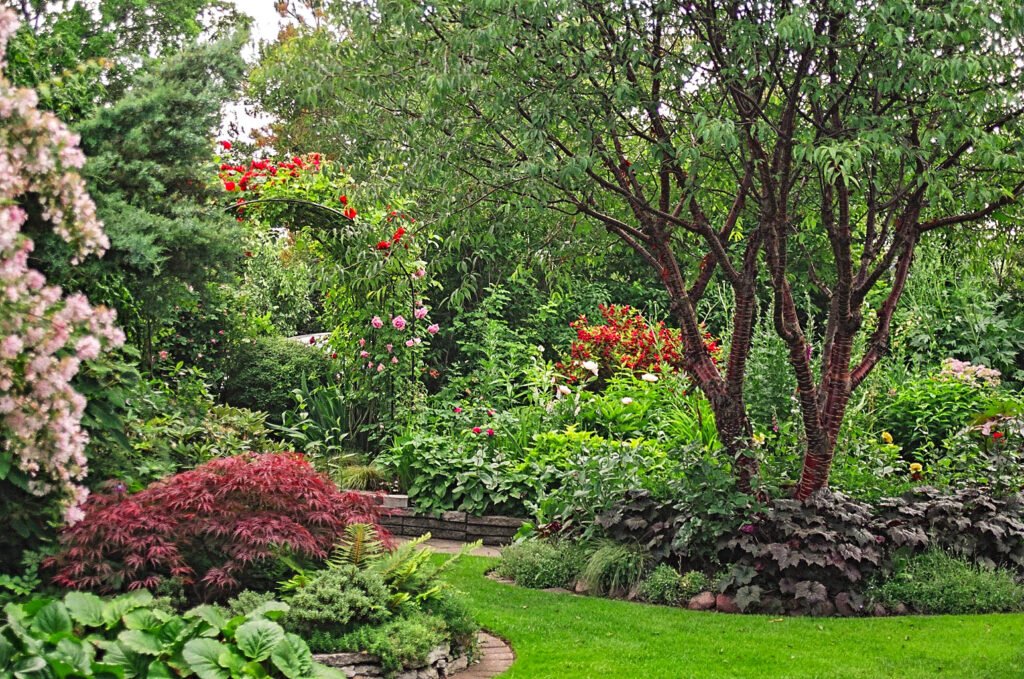
Investing in perennials offers a rewarding long-term strategy, despite their higher initial cost compared to annuals. These resilient plants, when properly nurtured, return year after year, establishing a strong foundation for your garden. Complement this enduring framework with the vivid hues of annuals to infuse additional vibrancy and charm.
Sustained Blossoms Throughout the Seasons
Craft a captivating tapestry of blossoms and foliage by curating a diverse selection of flowering plants that bloom at different intervals throughout the year. Perennials, such as coneflowers, easily cultivated roses, and salvias, exhibit multiple blooming phases or an extended flowering period.
Versatile Shrub Choices for Every Season
Beyond the limelight of blooms, perennial flowering shrubs deserve consideration. Functioning as steadfast elements in your landscape, they can assume roles as focal points and vertical attractions.
Embrace a shrub variety for each season:
- Embrace the vibrant spring hues of Azalea.
- Indulge in the show-stopping summer spectacle of Hydrangea blooms.
- Revel in Viburnum’s brilliant fall foliage display.
- Enliven your winter landscape with Holly’s striking red berries.
Unlocking Winter Enchantment Beyond Evergreens
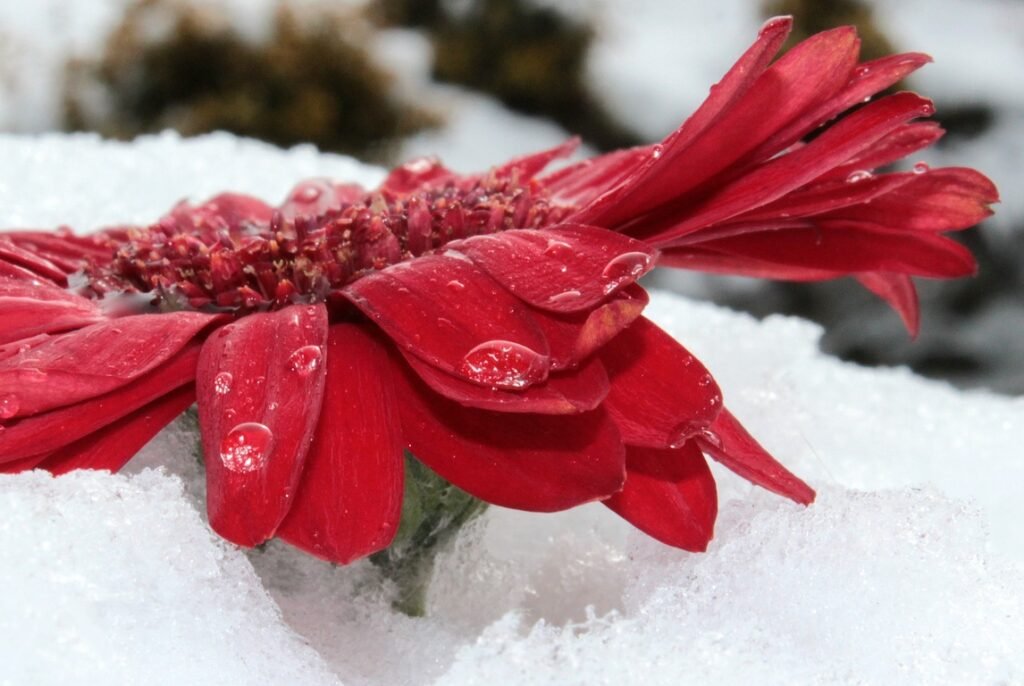
Breaking free from the notion that year-round flowers rely solely on blossoms, it’s time to explore the captivating allure of stem colors, autumn foliage, conifers, and plant architecture. This creative approach takes on heightened significance, especially for those tending to gardens in regions with formidable winter conditions.
While annuals retreat from the scene during winter, perennial tall grasses stand strong, showcasing enduring appeal and providing a haven of shelter and sustenance for winter fauna. Among them, select yucca varieties remain evergreen, defiantly piercing through snow blankets with spiky leaves.
Though evergreens like hollies and junipers grace winter landscapes, the spectacle extends further. The fiery crimson berries of the firethorn bush beckon both human admirers and feathered visitors. And in the case of the red twig dogwood, its name speaks volumes about its vibrant red branches.
In pursuing plants that contribute textured backgrounds and winter resilience, the horizon expands beyond evergreens. It’s worth contemplating that our preoccupation with maintaining evergreen gardens may sometimes overshadow the potential of deciduous plants. Many leaf-shedding species boast captivating stem hues, early spring blooms, and unique features like twisted branches or peeling bark that emerge as winter’s beauty.
Embrace Early Spring Blooms to Elevate Seasonal Diversity
By now; year-round flowers are likely taking root in your understanding. It’s not merely arranging blooms in a specific sequence but rather orchestrating an ongoing symphony of visual interest—because the beauty of plants extends beyond their blossoms alone.
Consider these exemplars of landscape flora that shine in spring. Pansies, beloved spring-blooming annuals, exhibit resilience against light frost. Flourishing throughout winter in sub-tropical climes, they gracefully adorn spring and fall landscapes across most of the U.S. before yielding to summer’s warmth.
Spring bulbs, timeless heralds of the blooming season, elicit delight after a wintry hiatus. From tulips to daffodils and crocus, these iconic blooms span an array of captivating hues. Yet, their brilliance wanes with spring’s advance, leaving a void unless paired with summer-blooming companions.
Amongst the cherished spring-blooming perennials stand peonies, available in early, mid, and late varieties, creating a sustained spectacle of their splendid, exquisite flowers.
For shrubby spring enchantment, rhododendrons—including azaleas—emerge as captivating contenders, offering an array of sizes and bloom hues. In spaces of abundance, a viburnum might seize attention, showcasing snowball-like white and pink blooms. It’s worth noting that while several viburnum species thrive, some can be invasive, so prudent selection is key based on your area’s recommendations.
Mix Annuals and Perennials in the Summer
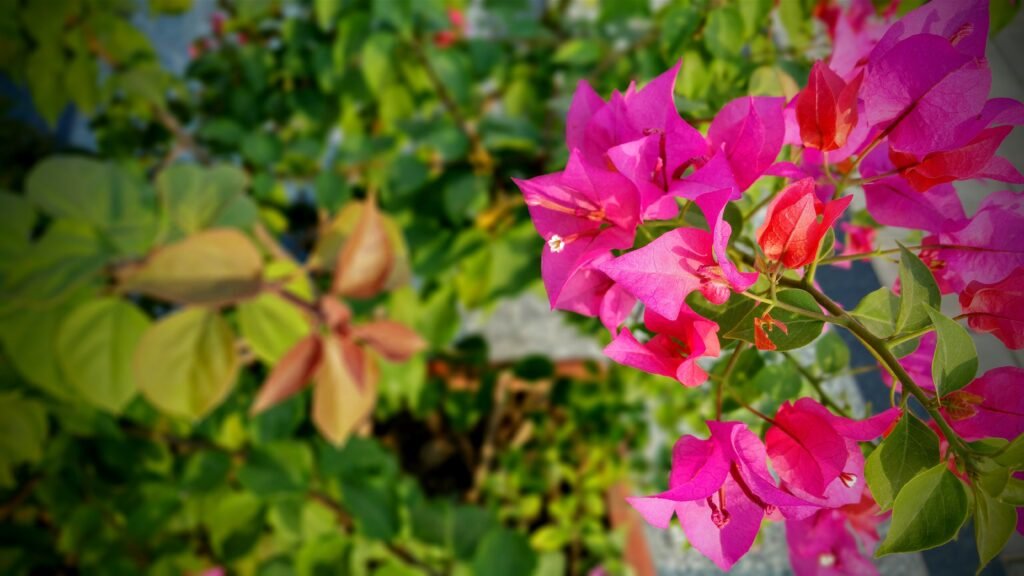
Embarking on the quest for captivating summer garden plants requires no shortage of options. While the following suggestions aren’t tailor-made recommendations for your unique space, they guide harmoniously combining annuals and perennials for an explosion of color and fascination.
Regarding summer annuals, marigolds, petunias, and zinnias stand out for their arresting hues. Amidst the profusion of blooms during summer, don’t underestimate the allure of annuals with captivating foliage, such as begonias, coleus, and vibrant purple basil.
In the realm of perennials, their colors often lean towards subtlety compared to the vibrant palette of annuals. However, several perennial options boast prolonged summer blooms and vivid hues. Explore the possibilities with iris, milkweed, and black-eyed Susan. If your inclination veers toward foliage splendor, delve into coral bells and resilient begonias.
While focusing on the summer canvas, don’t disregard the role of shrubs and trees in painting the scenery. Numerous rose varieties, celebrated as quintessential outdoor plants in America, grace the landscape with their enduring blooms. Consider the Japanese maple boasting captivating foliage throughout the season to infuse the scene with rich purples and reds.
Streamline Your Garden Planning with Expert Guidance

The prospect of orchestrating a garden that delights year-round, considering variables like climate zone, moisture levels, color palettes, sunlight exposure, and flowering timetables, might appear dauntingly intricate. However, the path to success can be simplified. Here are several strategies to facilitate urban garden planning:
Gradual Additions:
Instead of attempting to blueprint your entire landscape to the smallest detail, adopt a step-by-step approach. Begin by introducing just one new plant during each season. Whether it’s a perennial that blossoms in spring, a batch of summer annuals, a shrub boasting captivating autumn foliage, or an evergreen to infuse winter with color, initiate your project in a single corner and progressively expand, adapting and gaining insights as each season unfolds.
Professional Insights:
When facing specific queries such as identifying a shade-loving, drought-resistant plant with autumnal hues, the experts at your local garden center are a wellspring of knowledge. They can provide answers and present you with a range of suitable options. Numerous garden centers extend complimentary extensive advice to customers who purchase plants, while others offer fee-based planning services for those seeking more comprehensive assistance.
Navigating the intricacies of year-round garden planning becomes much more manageable with these well-crafted strategies.
Sustain Optimal Beauty with Consistent Maintenance
Nurturing your garden through sound horticultural practices—mulching, weeding, watering, and fertilizing—yields remarkable results that resonate year-round.
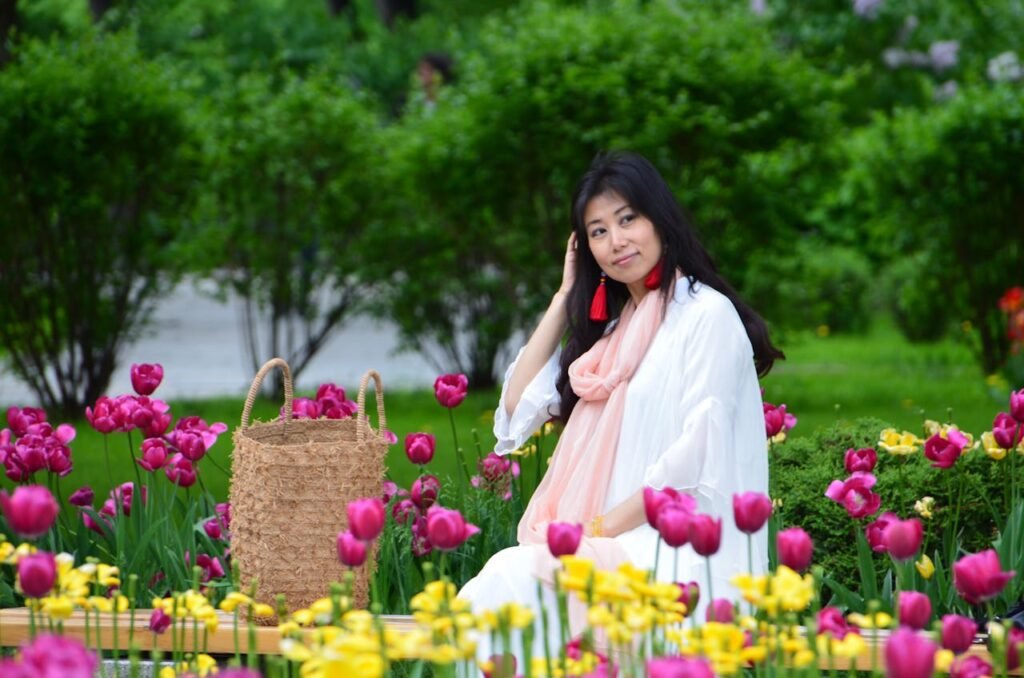
Among these practices, mulching is paramount, holding the key to a thriving landscape. Its decomposition nurtures plants, maintains root moisture, thwarts weed growth, moderates summer temperatures, and insulates against winter’s chill.
Consider leaving some spent flowers untouched once a plant’s blooming phase concludes. These faded blossoms contribute significantly to the winter garden’s allure, infusing it with residual hues and captivating intrigue.
Furthermore, these spent blooms and grasses play a pivotal role by offering sustenance and shelter for birds and pollinators seeking refuge during winter.
In conclusion, crafting a garden that captivates throughout the year is a fulfilling journey that combines creativity, strategic planning, and consistent care. By embracing a thoughtful blend of year-round perennials and seasonal annuals, you can orchestrate a symphony of colors, textures, and forms that evolve with the changing seasons.
Remember, the key lies in understanding the unique attributes of each plant, from the early blooms of spring to the enduring foliage of evergreens. Embrace the diversity of your landscape, incorporating both flowering and non-flowering elements that contribute to the overall visual allure.
While garden planning might seem intricate, it’s a process that can be approached step by step, starting with one corner and one season at a time. Seeking advice from gardening professionals at your local garden center can provide valuable insights and options tailored to your needs.
Lastly, maintenance is the heartbeat of a flourishing year-round garden. From mulching to nurturing spent flowers, tending to your garden’s needs keeps it vibrant and welcoming year-round. By adhering to these practices, you’ll create a haven that showcases nature’s beauty and offers solace and delight in every season.
As you embark on your journey to cultivate a year-round masterpiece, remember that a garden’s magic lies not only in its blooms but in the love and care you invest in it. So, let the seasons unfold, and may your garden flourish as a testament to your dedication and nature’s ever-changing wonders

